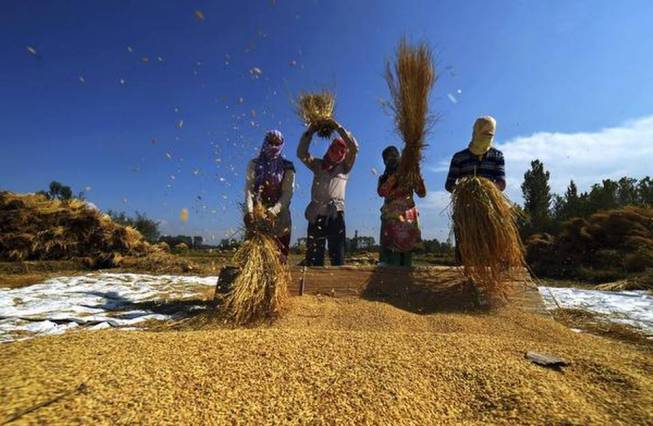The number of small and marginal agricultural land holdings in the country (known as operational holdings) has registered a marginal increase in 2015-16 compared to 2010-11, according to the the tenth agricultural census. This means that there are more people who now own smaller parcels of agricultural land.
In a positive development, the percentage of land holders who are women has increased from 12.79% in 2010-11 to 13.87% in 2015-16, with a corresponding increase of 1.2 percentage points in the operated area. “This shows that more and more females are participating in the management and operation of agricultural lands,” according to a press release from the Agriculture Ministry.
Small and marginal holdings (Below two hectares) constituted 86.21% of the total land holdings, an increase of 1.2 percentage points compared to 2010-11. However, the operated area (which includes any agricultural land, provided a part of it used for production) has shown a decline of 1.5%.
It is noteworthy that marginal, small and medium land holdings constitute the lion’s share of operated area – large land holdings account for only 9% of the total operational area. The average size of operational holdings is highest in Nagaland (5 hectares) and lowest in Kerala (0.18 hectares).
Here’s a breakdown of operational land holdings and area:
The above table shows that the number of small land holdings has registered an increase compared to the previous census, while the number of large land holdings has decreased.
The total number of land units used for agricultural production has shown a 5% increase in 2015-16 compared to 2010-11. The total number of operational holdings in the country has increased from 138 million in 2010-11 to 146 million in 2015-16. Uttar Pradesh is home to the largest number of land holders, constituting 16% of the total number.

